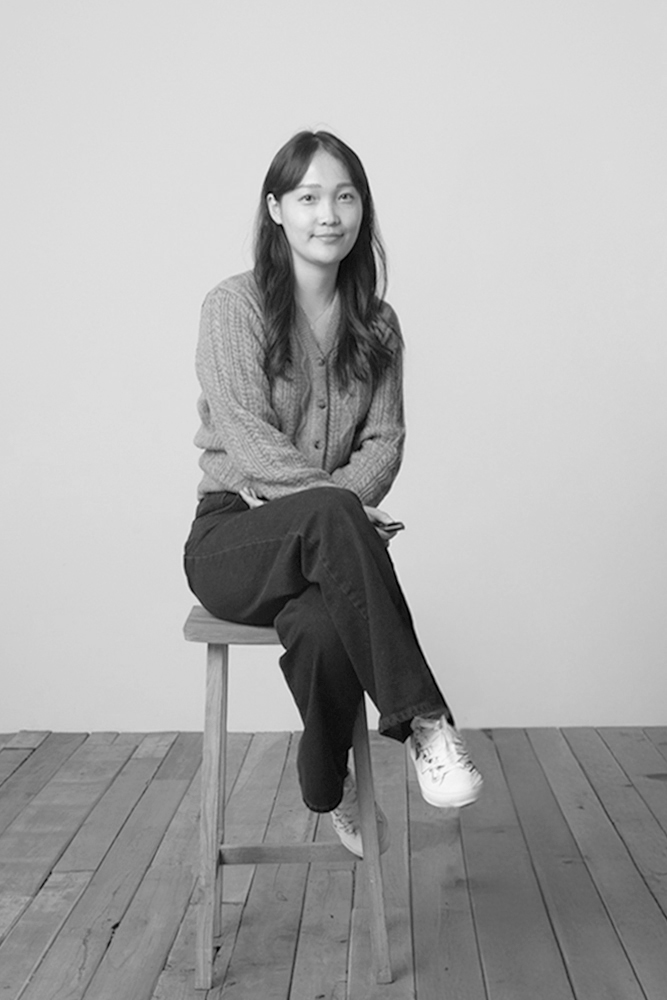.png?alt=media&token=9217528d-49d2-4b26-8131-0484fc4d1004)
Korean fashion designer Ji-Young Ryu is known for building brands from the inside out—developing identity systems, premium sub-lines, and long-term design strategies that align with both consumer values and business growth. Early in her career, she redefined the direction of an in-house collection that lacked a clear identity, shaping it into ‘MMMM’—a refined premium line rooted in trust, quality, and quiet sophistication. Rather than launching a new label, Ryu repositioned an existing one—demonstrating structural thinking and an ability to engineer trust within brand ecosystems.
After transitioning to the U.S. market, Ryu brought her brand-building mindset to Celadon, a post-pandemic dress line designed in response to evolving cultural and behavioral trends. The project began with a close study of regional markets—especially Utah, where the return of weddings and family-centered gatherings drove demand for elegant yet modest occasionwear.
From brand naming and styling concept to product development and visual direction, Ryu helmed every stage of the Celadon launch. The collection debuted at MAGIC Las Vegas, one of the largest fashion trade shows in the U.S., where it received strong feedback from buyers for its clarity, wearability, and cultural relevance. Its success at MAGIC led to a scaled rollout through an internal trade show, TEA N ROSE WEEK, where Ryu further shaped the brand’s retail presentation and engaged directly with regional buyers.
.png?alt=media&token=44167013-3770-4b33-bd1d-6a5c51fc7016)
While Celadon was initially conceived with a localized consumer in mind, it quickly gained traction beyond its original scope—earning interest from buyers across the U.S. The project not only validated Ryu’s market research, but also demonstrated the scalability of culturally sensitive design systems within commercial fashion. Today, Celadon continues to operate as a long-term brand platform—sustaining commercial relevance and maintaining a strong cultural connection across regional markets.
Through Celadon, Ryu made a lasting contribution to the U.S. occasionwear market with a product line that responded to often-overlooked cultural and regional needs. Her work represents a form of creative infrastructure—design that bridges consumer identity, market behavior, and brand sustainability.

This cross-market success illustrates Ryu’s broader philosophy: that design isn’t just about styling products, but about creating systems that earn trust, reflect context, and adapt across borders.
2019-04-26